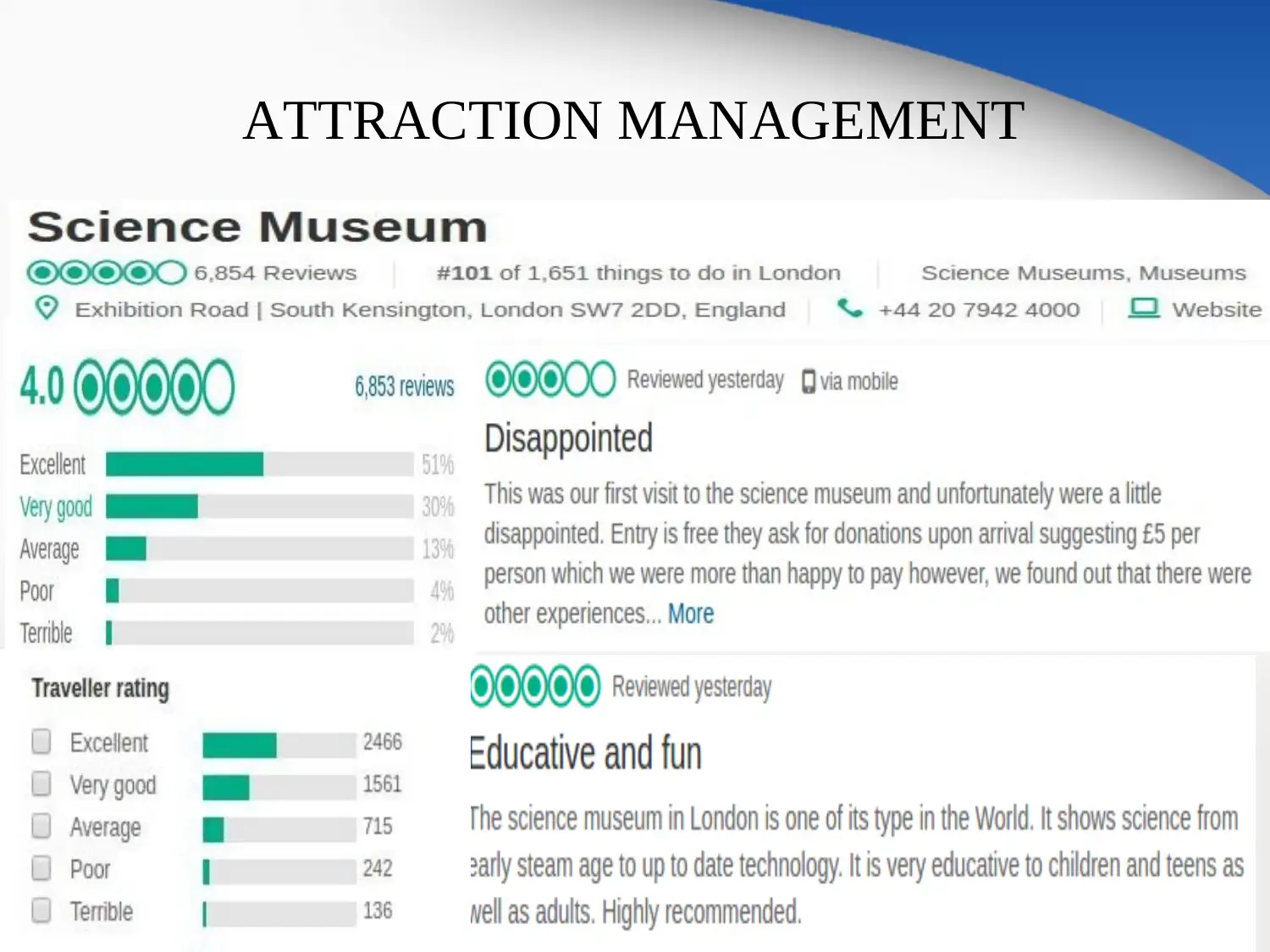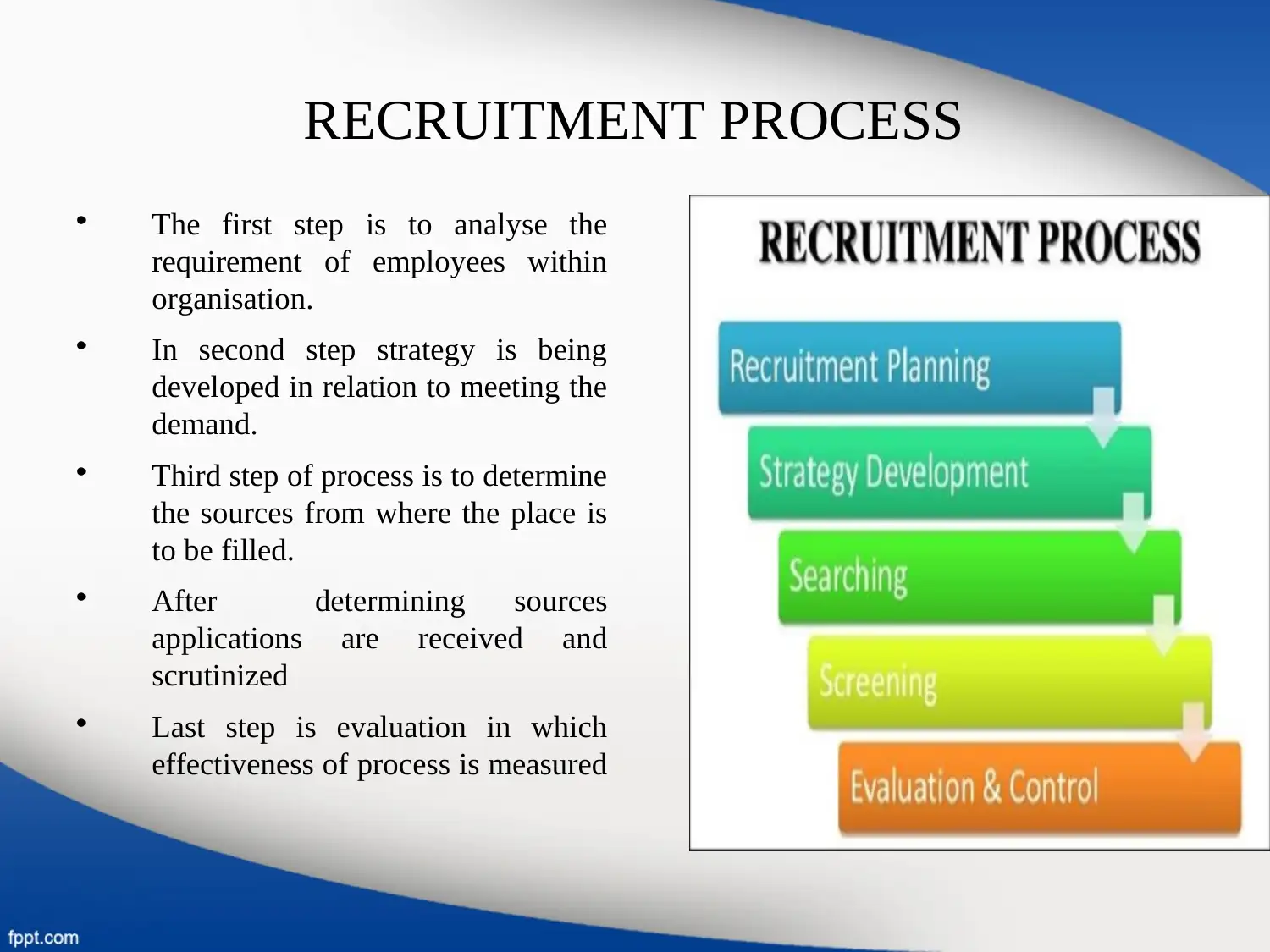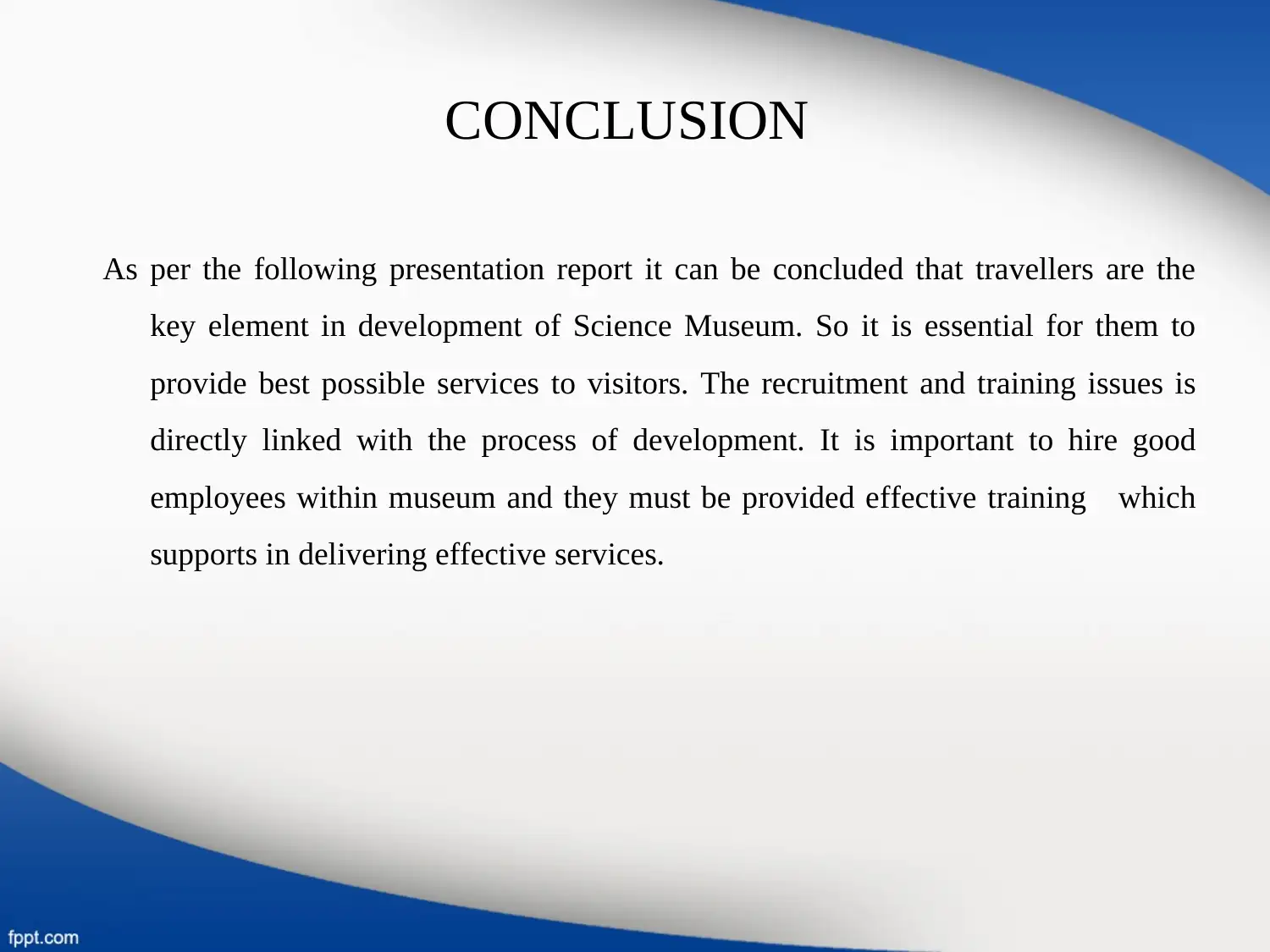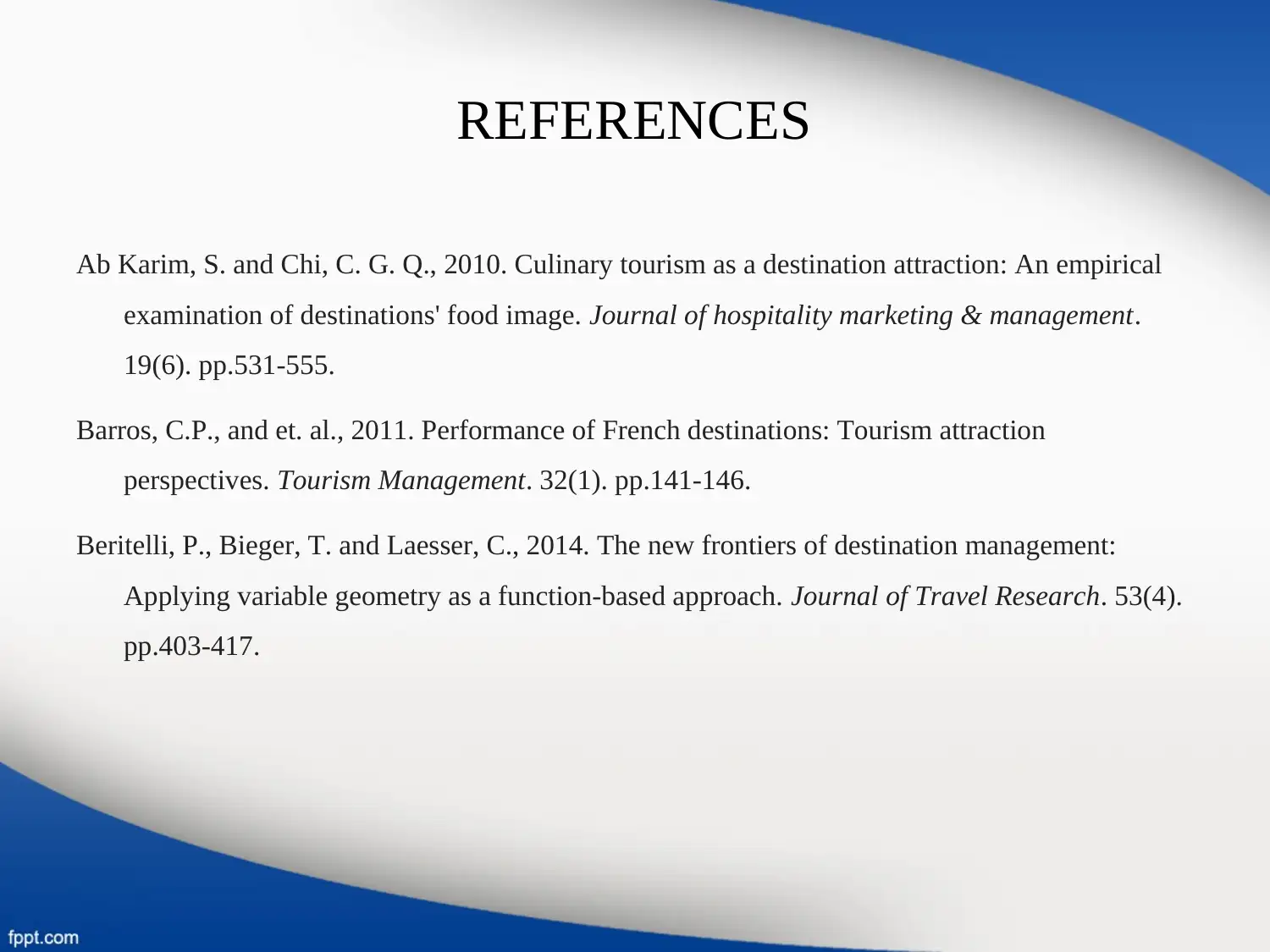BTEC HND Unit 20 Visitor Attraction Management Report: Science Museum
VerifiedAdded on 2023/03/29
|14
|665
|221
Report
AI Summary
This report analyzes the visitor attraction management of the Science Museum, a major tourist destination in London. It covers key aspects such as attraction management, stakeholders, funding sources including the Heritage Lottery Fund and the Wellcome Trust, and the recruitment and training processes for museum staff. The report also examines the involvement of the local community, crowd management techniques, and concludes with an emphasis on providing excellent visitor services. The document includes references to relevant academic sources and provides a comprehensive overview of the museum's operational strategies. The report is structured based on the assignment brief provided for a BTEC HND in Travel and Tourism Management, Unit 20, focusing on the management of visitor attractions and the factors that influence their success.

VISITOR ATTRACTION MANAGEMENT
TASK 3
TASK 3
Paraphrase This Document
Need a fresh take? Get an instant paraphrase of this document with our AI Paraphraser

TABLE OF CONTENT
Introduction
Attraction Management
Stakeholders
Funding
Recruitment process
Training process
Local community involvement
Crowd management
Conclusion
Bibliography
References
Introduction
Attraction Management
Stakeholders
Funding
Recruitment process
Training process
Local community involvement
Crowd management
Conclusion
Bibliography
References

INTRODUCTION
Science Museum is a major museum
located on Exhibition Road in South
Kensington, London. It was
established in the year 1857 and today
it is most important tourist destination
which attracts approx 3.5 million
tourists yearly. The museum do not
charge any fees to visitors for
admission. It is also an part of Science
Museum Group. It has an collection
of around 300000 items.
Science Museum is a major museum
located on Exhibition Road in South
Kensington, London. It was
established in the year 1857 and today
it is most important tourist destination
which attracts approx 3.5 million
tourists yearly. The museum do not
charge any fees to visitors for
admission. It is also an part of Science
Museum Group. It has an collection
of around 300000 items.
⊘ This is a preview!⊘
Do you want full access?
Subscribe today to unlock all pages.

Trusted by 1+ million students worldwide

ATTRACTION MANAGEMENT
Paraphrase This Document
Need a fresh take? Get an instant paraphrase of this document with our AI Paraphraser

STAKEHOLDERS
Meet their needs: -
Heritage Lottery Fund
Wellcome Trust
Key players: -
Government of United Kingdom
Chief Executive officers
Management
Show considerations: -
All staff members
Local government bodies
Society individuals
Local community
Least important: -
Sponsors
Visors
Providers
Contractors
Meet their needs: -
Heritage Lottery Fund
Wellcome Trust
Key players: -
Government of United Kingdom
Chief Executive officers
Management
Show considerations: -
All staff members
Local government bodies
Society individuals
Local community
Least important: -
Sponsors
Visors
Providers
Contractors

FUNDING
The Science museum receives funding which most important in its operations and development.
The museum have received £8 million from the Heritage Lottery Fund (HFL). The fund was provided for new
landmark Medicine galleries which is to be completed in the year 2019.
It have also received £400000 as award from HFL for future development of the galleries.
The Wellcome Trust have agreed to award £10 million to museum for new galleries. The Trust have also
provided £500000 for development of project.
The Science museum receives funding which most important in its operations and development.
The museum have received £8 million from the Heritage Lottery Fund (HFL). The fund was provided for new
landmark Medicine galleries which is to be completed in the year 2019.
It have also received £400000 as award from HFL for future development of the galleries.
The Wellcome Trust have agreed to award £10 million to museum for new galleries. The Trust have also
provided £500000 for development of project.
⊘ This is a preview!⊘
Do you want full access?
Subscribe today to unlock all pages.

Trusted by 1+ million students worldwide

RECRUITMENT PROCESS
The first step is to analyse the
requirement of employees within
organisation.
In second step strategy is being
developed in relation to meeting the
demand.
Third step of process is to determine
the sources from where the place is
to be filled.
After determining sources
applications are received and
scrutinized
Last step is evaluation in which
effectiveness of process is measured
The first step is to analyse the
requirement of employees within
organisation.
In second step strategy is being
developed in relation to meeting the
demand.
Third step of process is to determine
the sources from where the place is
to be filled.
After determining sources
applications are received and
scrutinized
Last step is evaluation in which
effectiveness of process is measured
Paraphrase This Document
Need a fresh take? Get an instant paraphrase of this document with our AI Paraphraser

TRAINING PROCESS
The first step is to analyse training needs
of all employees.
Second step of process is to set the
objectives and purpose for which training
is to be provided.
Third step is to design the plan i.e. how
training is to be provided.
Fourth step is to implement the plans
prepared.
At last it evaluation is done.
The first step is to analyse training needs
of all employees.
Second step of process is to set the
objectives and purpose for which training
is to be provided.
Third step is to design the plan i.e. how
training is to be provided.
Fourth step is to implement the plans
prepared.
At last it evaluation is done.

LOCAL COMMUNITY INVOLVEMENT
The local communities are highly involved
in the development of Science Museum
which can be studied with the help of
given graphs. The museum creates large
number of job opportunities to the
individual of local community and it is
resulted to increase the involvement of
them. They significantly help in providing
effective knowledge to the visitors visiting
sites.
The local communities are highly involved
in the development of Science Museum
which can be studied with the help of
given graphs. The museum creates large
number of job opportunities to the
individual of local community and it is
resulted to increase the involvement of
them. They significantly help in providing
effective knowledge to the visitors visiting
sites.
⊘ This is a preview!⊘
Do you want full access?
Subscribe today to unlock all pages.

Trusted by 1+ million students worldwide

CROWD MANAGEMENT
The crowd management is most significant in order to maintain number of visitors.
For the following, it is important for management of science museum to handle
crowd in effective manner. The museum uses ticketing system by which it allows
limited number of visitors to visit it. It is clearly stated that there is limit of number
of visitors in this museum within particular time and it helps in crowd management.
There are different techniques that are effectively used by this museum so that they
manage number of visitors in effectual way.
The crowd management is most significant in order to maintain number of visitors.
For the following, it is important for management of science museum to handle
crowd in effective manner. The museum uses ticketing system by which it allows
limited number of visitors to visit it. It is clearly stated that there is limit of number
of visitors in this museum within particular time and it helps in crowd management.
There are different techniques that are effectively used by this museum so that they
manage number of visitors in effectual way.
Paraphrase This Document
Need a fresh take? Get an instant paraphrase of this document with our AI Paraphraser

CONCLUSION
As per the following presentation report it can be concluded that travellers are the
key element in development of Science Museum. So it is essential for them to
provide best possible services to visitors. The recruitment and training issues is
directly linked with the process of development. It is important to hire good
employees within museum and they must be provided effective training which
supports in delivering effective services.
As per the following presentation report it can be concluded that travellers are the
key element in development of Science Museum. So it is essential for them to
provide best possible services to visitors. The recruitment and training issues is
directly linked with the process of development. It is important to hire good
employees within museum and they must be provided effective training which
supports in delivering effective services.

REFERENCES
Ab Karim, S. and Chi, C. G. Q., 2010. Culinary tourism as a destination attraction: An empirical
examination of destinations' food image. Journal of hospitality marketing & management.
19(6). pp.531-555.
Barros, C.P., and et. al., 2011. Performance of French destinations: Tourism attraction
perspectives. Tourism Management. 32(1). pp.141-146.
Beritelli, P., Bieger, T. and Laesser, C., 2014. The new frontiers of destination management:
Applying variable geometry as a function-based approach. Journal of Travel Research. 53(4).
pp.403-417.
Ab Karim, S. and Chi, C. G. Q., 2010. Culinary tourism as a destination attraction: An empirical
examination of destinations' food image. Journal of hospitality marketing & management.
19(6). pp.531-555.
Barros, C.P., and et. al., 2011. Performance of French destinations: Tourism attraction
perspectives. Tourism Management. 32(1). pp.141-146.
Beritelli, P., Bieger, T. and Laesser, C., 2014. The new frontiers of destination management:
Applying variable geometry as a function-based approach. Journal of Travel Research. 53(4).
pp.403-417.
⊘ This is a preview!⊘
Do you want full access?
Subscribe today to unlock all pages.

Trusted by 1+ million students worldwide
1 out of 14
Related Documents
Your All-in-One AI-Powered Toolkit for Academic Success.
+13062052269
info@desklib.com
Available 24*7 on WhatsApp / Email
![[object Object]](/_next/static/media/star-bottom.7253800d.svg)
Unlock your academic potential
Copyright © 2020–2025 A2Z Services. All Rights Reserved. Developed and managed by ZUCOL.





